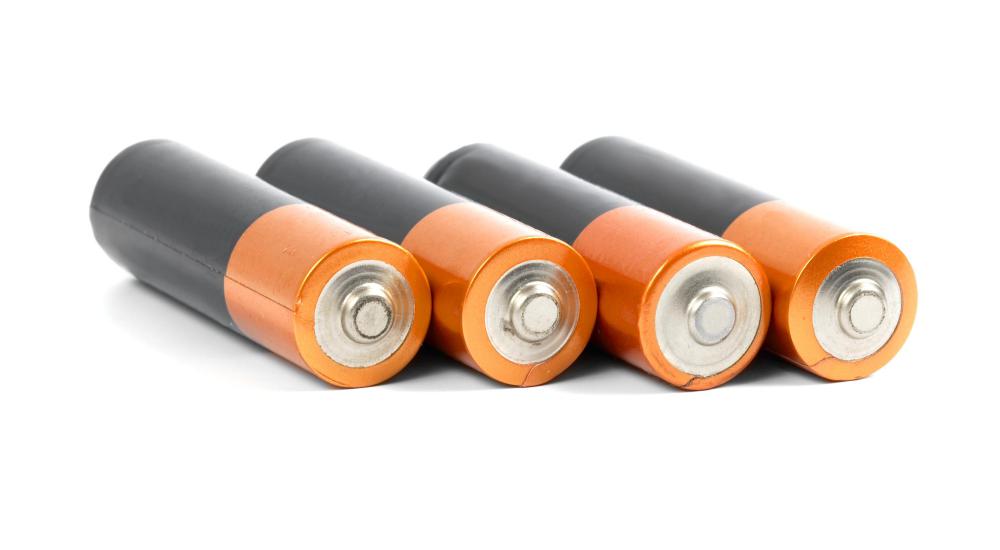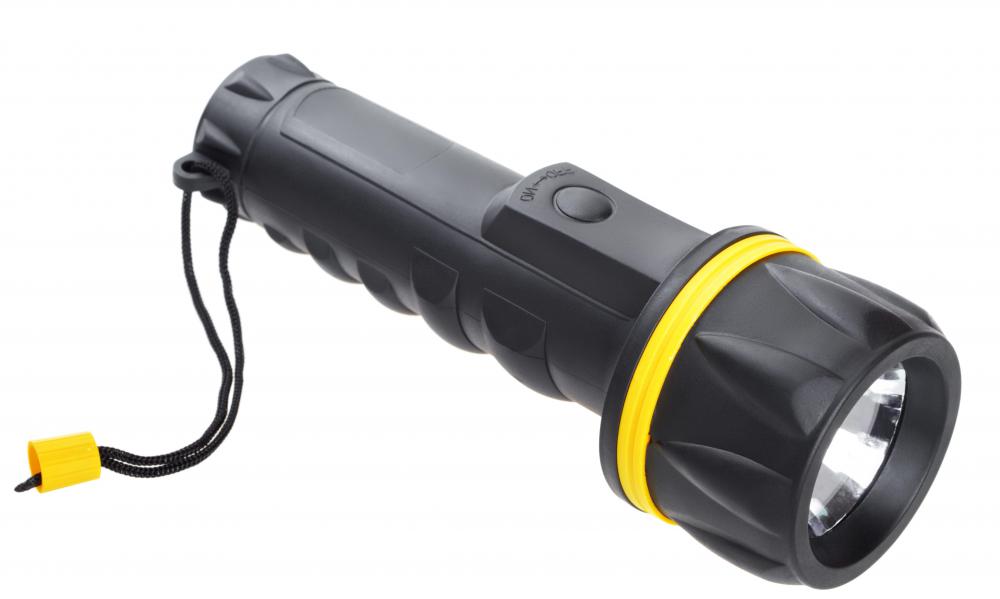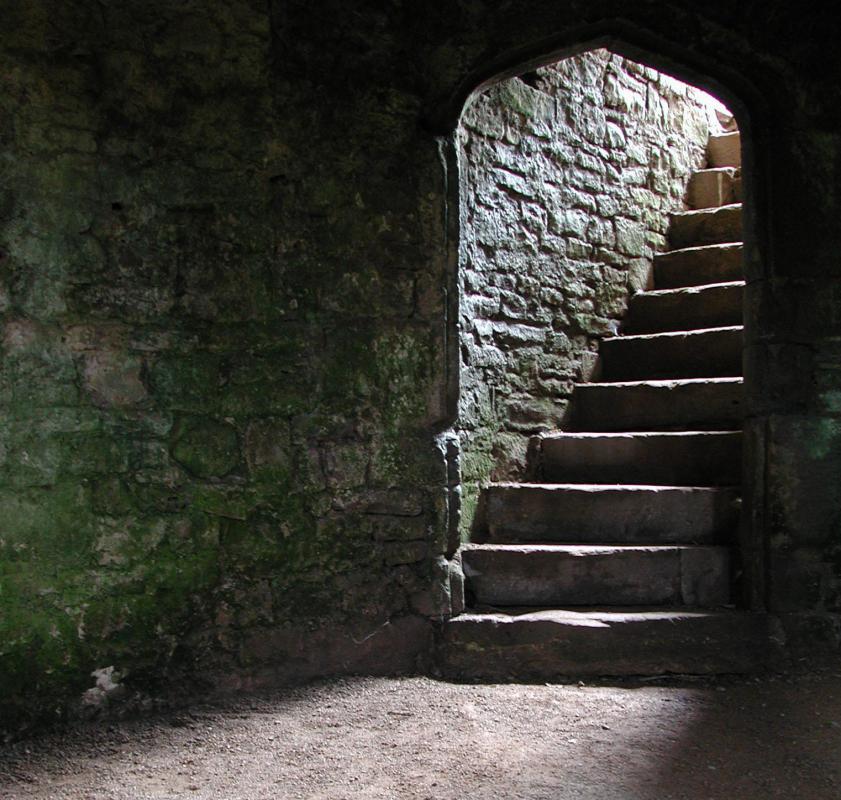At WiseGEEK, we're committed to delivering accurate, trustworthy information. Our expert-authored content is rigorously fact-checked and sourced from credible authorities. Discover how we uphold the highest standards in providing you with reliable knowledge.
How can I Prepare for a Tornado?
Few things are as frightening as being caught in a tornado. Tornadoes are among nature’s most violent and deadly storms. Fortunately, there are steps you can take to prepare and keep yourself and your loved ones safe.
To prepare for a tornado, start by designating a meeting place for your family members or roommates. Your chosen location could be a basement, bathroom, closet, or inner hallway, and it should be on the lowest level of the building. Keep it free of clutter to prevent flying debris in the event of a tornado. If you live in a very tall building, it may be impossible to reach the bottom floor quickly. In such a situation, it is best to choose a meeting place in a hallway at the center of the building.

Create a disaster-supply kit. Be sure to include a complete first aid kit, canned food, and a can opener. You’ll also need a minimum of 3 gallons (11.3 liters) of water per person, a battery-powered radio, and a flashlight. Secure extra batteries as well. Additionally, you’ll need enough protective clothing and bedding for each of your family members or roommates.

If you wear corrective lenses, you may want to include them in your emergency kit. You should also include essential medications and special items required for the very young, elderly, or disabled members of your household. Assemble detailed instructions for shutting off the electricity, gas, and water, if necessary.
Periodic disaster drills can help you to prepare for a tornado. Such drills will keep your disaster plan fresh in the mind of your household members, helping to ensure that everyone remains well prepared. Pay attention to storm information provided by local television and radio stations.

Learning the difference between a tornado watch and a warning is one of the most important steps you can take to prepare for a tornado. A tornado watch warns you of the possibility of a tornado forming in your area. A tornado warning, on the other hand, warns that a tornado has formed and may enter your area. If there is a tornado warning, head to your designated meeting place without delay.

Often, individuals believe that only those living in tornado alley need to prepare for dangerous weather. This is not true, however, as a tornado can occur in any location. In fact, they’ve occurred in every part of the United States and can form in any season of the year. As such, it is wise to take the time to prepare for a tornado, no matter where you live.
AS FEATURED ON:
AS FEATURED ON:




















Discussion Comments
@comfyshoes: Thankfully, weather forecasting has improved to the point that most areas are given plenty of warning of an impending tornado.
Those of us who survived the Super Outbreaks of April 3, 1974 and April 27, 2011 in north Alabama, can read a radar about as well as the meteorologists, and can predict the path a storm will take almost as well, too.
We were out of power for four days in April 2011. Thank goodness for my iPhone, because I was able to charge it on the car battery, and could tell people we were OK. Also, we depended on a local radio station that had wall-to-wall coverage and people calling in saying where supplies like generators and ice could be found. Extra batteries are a *must,* and I do recommend a radio that takes a 9-volt battery, because they seem to last longer.
Also, if you know severe weather is coming, go ahead and fill your car up with gas. During a lull in the action on April 27, I went out to grab some lunch and the thought occurred to me that I should probably get gas, but I didn't do it. Then, the power went out all over the northern part of the state. About a million people (1/4 of the state's population) were without power. No power, no gas pumps. Finally, a little town about six miles from where we live reported on the radio they had power and their Mapco station had gas. I left home at 6 a.m. so I could fill up. It was also the first hot coffee I'd had in several days.
But we only lost power and all the food in our fridge and freezer. Our home and loved ones were unharmed. Many were not so fortunate.
In any case, tornadoes rarely strike without some warning of their presence. You can almost always hear one long before you see it. Around here, the terrain is rolling, so our horizons aren't as far off as they are on the Great Plains, for example, and our tornadoes tend to come rain-wrapped, so we have to be especially vigilant. And since they most often form at the back of a severe thunderstorm, you usually have a few minutes' warning before the storm system moves in to get to shelter.
The worst part about them is their mercurial ways. They can suddenly weaken or strengthen, they can skip and touch down, or stay on a long track. You just never know. They're evil, I hate them and have nightmares about them. But I know the signs that announce their coming and I take tornado precautions seriously.
BrickBack-The NOAA tracker also offers information on the 2009 tornados as well as any tornado footage along with the current weather conditions.
Tornados are measured on the Fujita scale much like how hurricanes are measured on the Saffir Simpson scale.
They say that the area with the most tornados involves the area between the Appalachian Mountains and the Rocky Mountains. This area is referred to as Tornado Alley. However, tornados can occur in other places as well, but this is the most common area.
Comfyshoes-If you live in a tornado prone zone, then you should try to obtain tornado insurance. It will protect you from wind damage that occurs with most tornados.
It is important that if you live in a tornado prone zone that you get coverage before a tornado hits because when the tornado warning is issued most insurance companies will suspend any new policies and not allow you to sign up for the tornado insurance.
Oasis11- Tornado images are even more devastating then hurricane footage because there is usually very little warning when a tornado has actually hit and the wind speeds can top 200 miles per hour which is much higher than a category 5 hurricane which tops wind speeds of 150 miles per hour.
At least with a hurricane, you have days to prepare, but not with a tornado or earthquake.
How do you prepare for a tornado is mainly to stay indoors preferably in a lower level such as a basement or a closed in area like a bathroom.
Higher elevations are more dangerous because the tornado tends to move upward, so if you live in a multistory home or a building the lowest level is the safest.
In addition, as a result of tornado chasing, many meteorologists can inform the public of the impending danger and issue a tornado warning. This means that tornados are likely in the area and people should heed the warnings now and stay indoors.
Post your comments